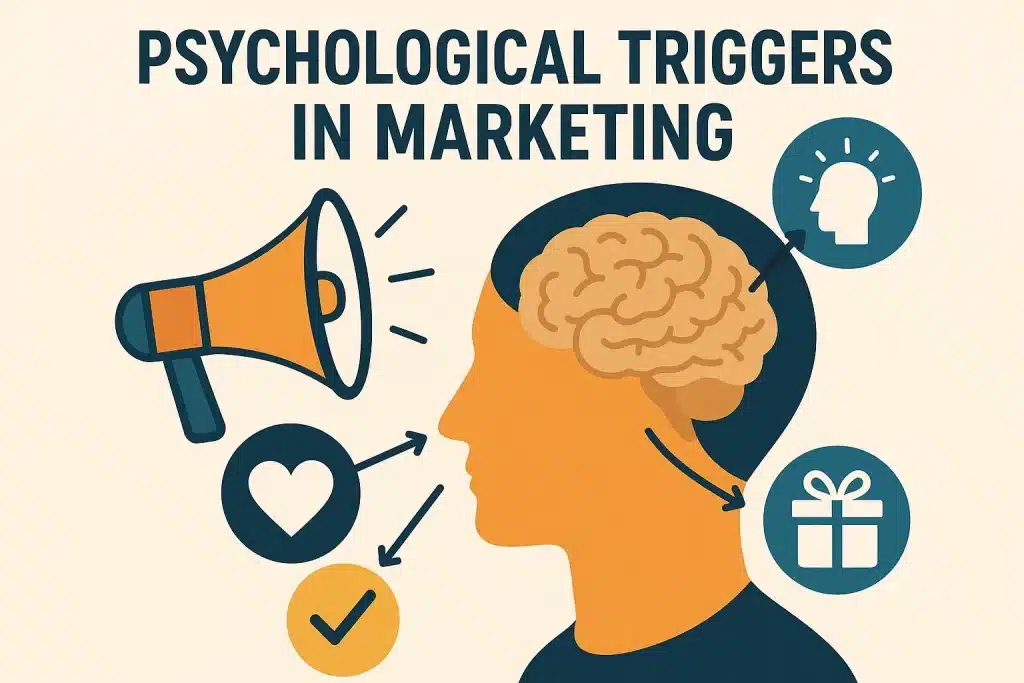Key Psychological Triggers That Influence Customers in Marketing Messaging
Updated on May 19, 2025 by Tim Donahue

How to create a compelling Customer Pitch using proven key psychological triggers
When writing marketing copy for your customers it’s important to know that traditionally, marketers are pulling on various triggers that we all have as humans.
Some people want to hear that your product is lower cost, others want to know that the quality is superior, some folks want to know that it will help them do their work more efficiently, or that the product will make them feel better, etc.
Below are the most common psychological triggers that are used in nearly all the advertising we see – you should be aware of these and use them to help position your product in the best way for consumers.
-
Pain & Loss Aversion
• Humans work harder to avoid loss than to secure a similar gain.
• Highlight the real cost of not acting—money, time, reputation, opportunity.
• Frame your offer as the “antidote” that removes that pain quickly. -
Desired Gain & Aspiration
• Paint a picture of the positive future state—status, convenience, profit, pride.
• Show a clear, believable path from “today” to that better outcome. -
Scarcity & Urgency
• Limited spots, expiring discounts, or time‑sensitive outcomes push action.
• Must feel authentic; fake deadlines erode trust. -
Social Proof
• People look to peers for cues.
• Use testimonials, case metrics, logos, or “X users signed up this month.”
• Strongest when the proof matches the prospect’s industry or role. -
Authority & Credibility
• Certifications, years of experience, media mentions, research, data.
• Borrowed prestige (partners, investors, advisors) boosts perceived safety. -
Reciprocity
• Give first (free audit, insider tip, useful template).
• The subconscious pull to “return the favor” increases openness to buy. -
Commitment & Consistency
• Small “yeses” (survey, demo request) prime the brain to stay consistent with a bigger yes.
• Use micro‑commitments early in the funnel. -
Identity & Belonging
• Align with the prospect’s self‑image (“for ambitious solo‑founders…”) or tribe.
• Community language (“join 500 fellow ____”) taps the need for affiliation. -
Simplicity & Cognitive Ease
• Clear, jargon‑free copy lowers mental load, feels safer, and accelerates decision‑making.
• One core idea per slide/section; obvious next step. -
Curiosity & Story
• Open loops (“How one café doubled revenue in 30 days…”) keep attention.
• Stories embed facts in emotion, making them memorable and shareable.
Pro tip: Lead with pain or desire (whichever is strongest for your audience), prove with social proof + authority, and close with a scarcity‑framed ask that feels easy to say “yes” to
